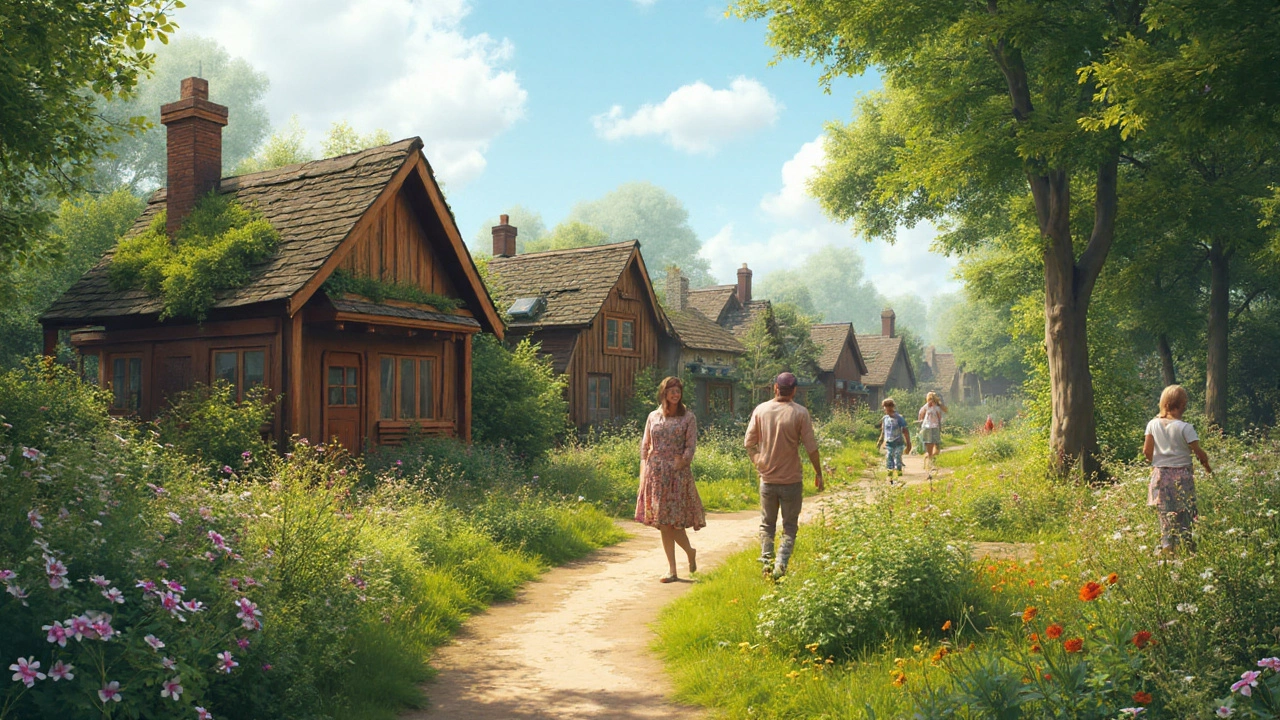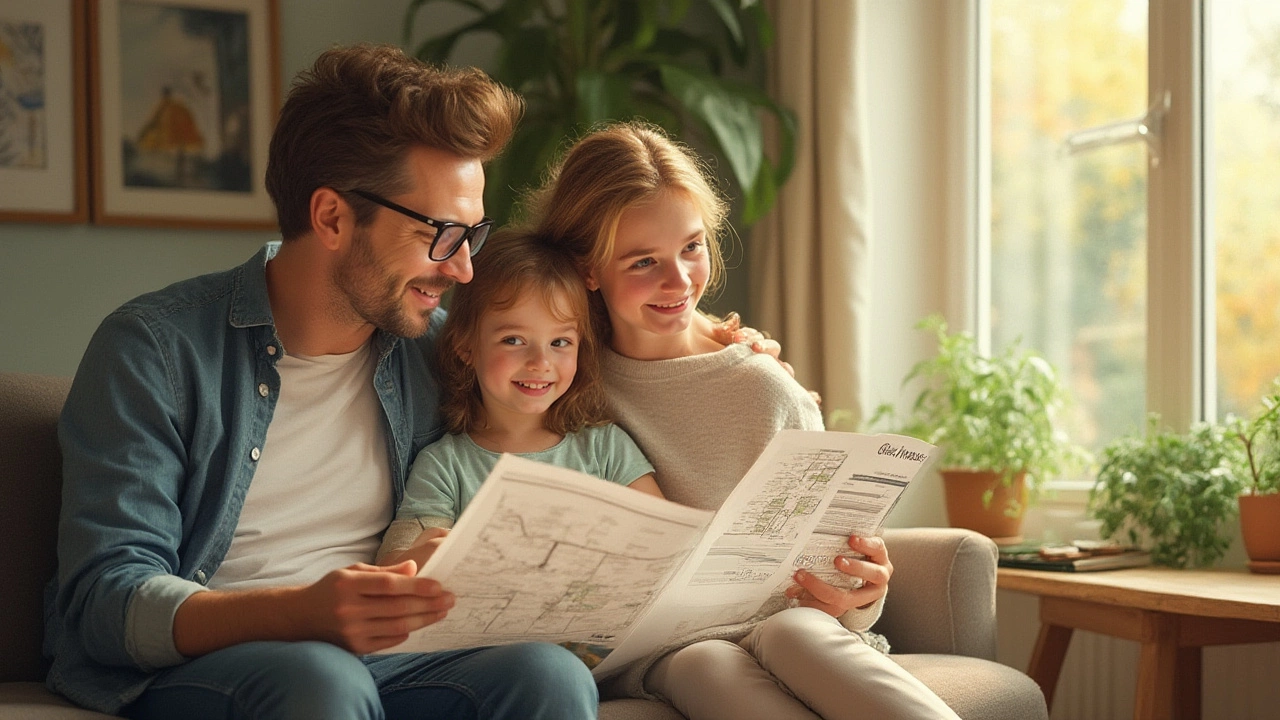Explore the real impact of eco homes, tiny houses, green building, and more. Discover tips and facts for choosing the most environmentally friendly housing option.
Read more
When talking about green building, the practice of creating structures that minimize environmental impact through efficient use of resources, energy, and materials. Also known as sustainable construction, it blends design, technology, and stewardship to lower carbon footprints. A key sub‑type is the Passive House, a building standard that focuses on airtightness, super‑insulation, and heat‑recovery ventilation to achieve ultra‑low energy consumption, often called Passivhaus. Another innovative model is the Earthship, self‑sustaining homes built from reclaimed materials that harvest rainwater, generate power, and treat waste on‑site. The Straw Bale House, structures using tightly compacted straw bales as insulation, offering excellent thermal performance with low embodied energy, demonstrates how natural resources can replace synthetic ones. Finally, Mass Timber, engineered wood panels that replace steel or concrete in tall buildings, cutting down on carbon emissions while providing strength and aesthetic appeal is reshaping urban skylines. Together, these examples show that green building encompasses energy‑saving standards, renewable‑material construction, and circular‑economy principles.
Modern travelers care about the carbon emissions linked to the places they stay, so green building has moved from niche to mainstream. Sustainable architecture typically features high‑performance glazing, solar‑ready rooftops, and smart‑home energy management systems that lower utility bills and reduce reliance on fossil fuels. Net‑zero homes, for instance, generate as much renewable energy on‑site as they consume over a year, thanks to photovoltaic panels and efficient heat‑pump systems. By selecting lodgings that employ mass timber frames or straw bale insulation, guests indirectly support renewable energy adoption and waste reduction. Moreover, building certifications such as BREEAM or LEED provide transparent metrics—like airtightness levels, embodied carbon, and water‑use efficiency—helping both owners and visitors gauge environmental performance. The ripple effect includes healthier indoor air quality, quieter interiors, and longer building lifespans, which translate into more comfortable stays. In a travel‑focused business like Fleurie Guest House, integrating green building practices signals commitment to responsible tourism and opens doors to eco‑conscious markets.
Looking ahead, the green building sector is expanding with advances in bio‑based composites, 3‑D‑printed concrete that reduces waste, and district‑energy networks that share heat across multiple properties. For owners, the financial upside includes lower operating costs, higher asset values, and access to green‑finance incentives. For guests, it means choosing accommodations that align with personal values without compromising comfort. Our collection of articles below dives deeper into each of these topics—ownership structures of holiday rentals, the rise of boutique and glamping experiences, and detailed guides on building the most environmentally friendly house. Whether you’re a property owner, a traveler, or just curious about sustainable design, you’ll find practical insights that help you make greener choices.

Explore the real impact of eco homes, tiny houses, green building, and more. Discover tips and facts for choosing the most environmentally friendly housing option.
Read more
Dig into what really affects the cost of eco homes, how to save, and whether green building is worth it. Secrets for first-time buyers revealed.
Read more
Curious about what sets an eco cottage apart from a regular cabin in the countryside? This article dives straight into the features that make eco cottages tick: from smart insulation tricks to water-saving systems, and even the latest on solar energy setups. If you’ve ever wondered how people manage low-impact living without giving up comfort, get ready for practical tips you can actually use. Whether you’re dreaming of a sustainable getaway or looking to build your own green retreat, you’ll find real answers here. Discover how small tweaks can make a huge difference to both your wallet and the planet.
Read more